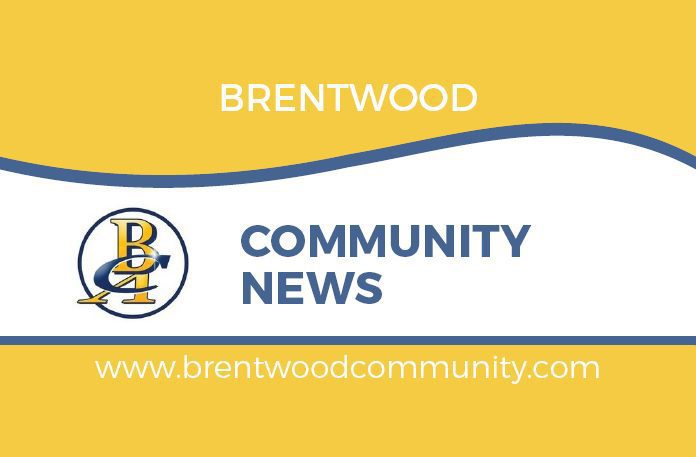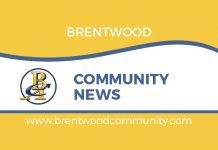by Rosemary Brown
September 30 marked the National Day for Truth and Reconciliation and many Canadians reflected on what they could do. This question has been asked of Jody Wilson-Raybould many times, and in response she wrote True Reconciliation: How to Be a Force for Change.
Wilson-Raybould is a member of the We Wai Kai First Nation in B.C. She is a lawyer and author and was the federal Justice Minister and Attorney General from 2015 to 2019.
She frames the book within three themes: Learn, Understand, and Act. In Part One: Learn, she weaves together what have been “siloed stories” or the voices of many people—Indigenous and non-Indigenous—to surface the truth hidden behind the narrative of Canada’s history. The stories range from contact, through treaty-making, the Indian Act and residential schools, to contemporary events such as the Meech Lake Accord, the Truth and Reconciliation Commission, and the Report on Murdered and Missing Indigenous Women and Girls. She reminds us that when listening to stories, we need “three ears”: the two on our head, and the one in our heart. Listening to these juxtaposed voices is a powerful experience, especially if one listens with all three ears.
Wilson-Raybould begins Part Two: Understand with a discussion of the two distinct worldviews that inform the voices and stories of the Learn section: Indigenous and Western. She points out that there is no one Indigenous worldview, but that there are many common elements shared in the worldviews of Indigenous nations across the country. She outlines these and contrasts them with the worldview of those who colonized Canada.
She argues that Reconciliation requires an acknowledgement of these contrasting worldviews, and that racist attitudes and behaviours infuse the Western one. Reconciliation also requires the transformation of policies, practices, and law to incorporate Indigenous worldviews.
She also says that we need to acknowledge that there are those with power and privilege in Canada who actively resist decolonization and that as settlers we need to effectively challenge them, thereby “fixing ourselves”.
She discusses the two tracks to reconciliation, which she argues are interconnected and can’t be resolved separately. “Track One” refers to the immense disparity that exists between non-Indigenous and Indigenous peoples when it comes to socio-economic issues. “Track Two” concerns the recognition of the right of Indigenous peoples to self-determination, and the recognition of Indigenous rights to their lands. The latter includes the need for free, prior, and informed consent before resource extraction projects proceed. She underscores the fact that the inherent right of Indigenous peoples to their lands is recognized in numerous articles in the United Nations Declaration on the Rights of Indigenous Peoples (UNDRIP), and that the Truth and Reconciliation Commission of Canada put forward that UNDRIP provides the framework for Reconciliation.
In Part 3: Act, Wilson-Raybould distinguishes between symbolic, performative acts and those which effect change. She points out that Reconciliation is not a single event or act as if it were a sprint. We need to think in terms of a marathon, where actions build on each other. Governments, because of the nature of election cycles, tend to sprint and to focus on Track One, instead of also doing the heavy lifting of addressing the need for Indigenous self-determination and indigenous title to the land.
We can push governments to take a longer-term view. We can also encourage organizations and companies to implement UNDRIP by recognizing Indigenous rights to the land and negotiating resource extraction projects on that basis.
We can work in solidarity with Indigenous peoples to defend land rights, as well as reforms in the Justice and Child Welfare systems. There are many more examples.
One might mistakenly think, given the organization of the book, that Learn, Understand, and Act are separate processes. I would argue that we can’t afford to wait and try to learn and understand everything before we take the initiative and act. These are intertwined and ongoing processes, and we will never be able to learn and understand everything. We will make mistakes along the way, but if we are acting in good faith and are willing to be challenged when we get it wrong—and to learn from our mistakes—we will go a long way towards Reconciliation. For those who would like to be more involved in action, one Calgary organization to look up is the Reconciliation Action Group.
Click here to the Brentwood Community News home page for the latest Brentwood community updates.











